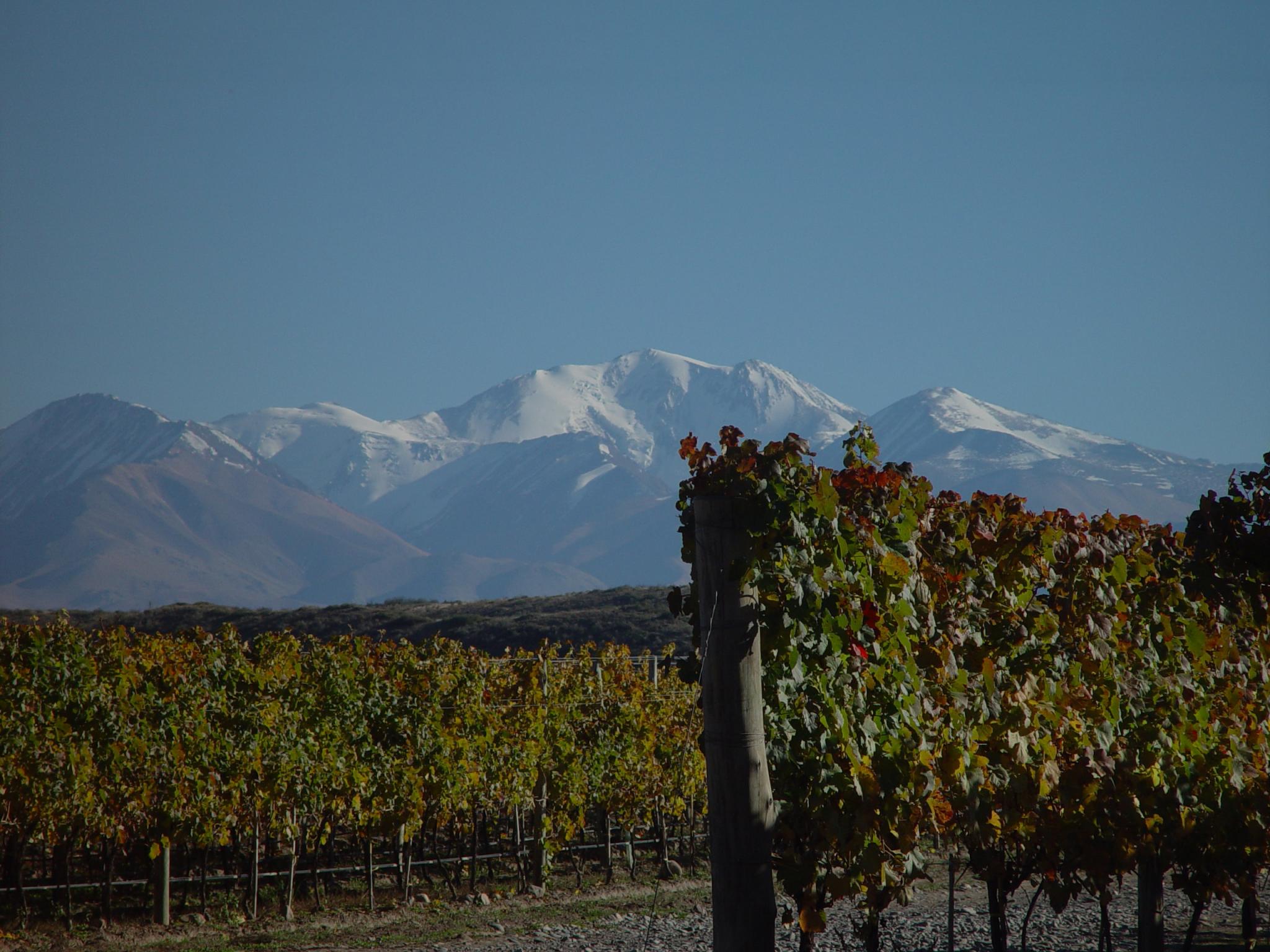CARO

The vintage
The 2023 vintage was characterised by generally warm and dry weather conditions. However, the season began with a cold spring. In our vineyards in the Uco Valley, Malbec budburst occurred on 13 October and Cabernet Sauvignon on 18 October. Conditions warmed up quickly, with 39 days of temperatures exceeding 35°C in our vineyards between late December and late March. Veraison took place on 25 January for Malbec and 30 January for Cabernet Sauvignon. On 18 February, an unexpected burst o frost occurred in various areas of the Uco Valley. Fortunately, our vineyards were not affected. October, November, and March were the wettest months, which allowed producing grapes of excellent quality and great oenological potential. The harvest began on 5 March with Luján de Cuyo Malbec in Las Compuertas and Agrelo. It continued in the Altamira and Gualtallary regions from 8 March. The Cabernet Sauvignon harvest in Altamira started on 17 March. The 2023 vintage concluded on 4 April for Malbec and 10 April for Cabernet Sauvignon.
Location
Nestled at the foothills of the snowcapped Andes mountains, Mendoza is known as the best wine producing region in Argentina. With vines planted on high plateaux between 800 and 1600m above sea level, Mendoza’s vineyards are amongst the highest in the world. Sheltered from the rain by the mountains to the West and the Pampa to the East, the region is very arid. Mendoza wines draw their character from an exceptional sun exposure and wide temperature variations between night and day.
Terroir
CARO vineyard comprises a plot of 8ha located in Altamira, in the Uco Valley, South of Mendoza. Vineyards are planted at 1100m above sea level, on the ancient alluvial bed of the Tunuyan River, and newer plots in Gualtallary at 1250m with alluvial soils, sandy with silt and calcareous on gravel and San Pablo at 1400m with alluvial sandy loam with silt shallow, stones in depth, presence of limestone.
Winemaking
CARO is made with the utmost care, just like our Bordeaux Grands Crus. CARO grapes come from selected sections of rows where the soil is layered with calcareous deposits as well as limestone, remnants of a river which used to flow through Altamira, and from selected sites in Gualtallary and San Pablo. Grapes are carefully selected and hand harvested.
After destemming, they are placed in temperature controlled stainless steel vats for alcoholic fermentation. Maceration lasts for a period of 20 days with gentle pump-over to ease tannin extraction and fix the color. Malolactic fermentation occurs naturally in tanks, then about half the wine is transferred into French oak barrels made by the Tonnellerie des Domaines in Pauillac (18% new oak), 28% is placed in wooden vats and 25% in concrete vats for 14 months.
Grapes
Tasting
The nose reveals intense aromas of black and red fruit, such as blackberry and fig, enhanced by a touch of spice and subtle hints of cocoa.
On the palate, the wine stands out for its smooth, rounded tannins and juicy, persistent freshness, perfectly balanced.
The palate reveals impressive length and a savoury structure.
A wine that expresses itself with subtlety and reflects the qualities of its vintage.
Downloads

